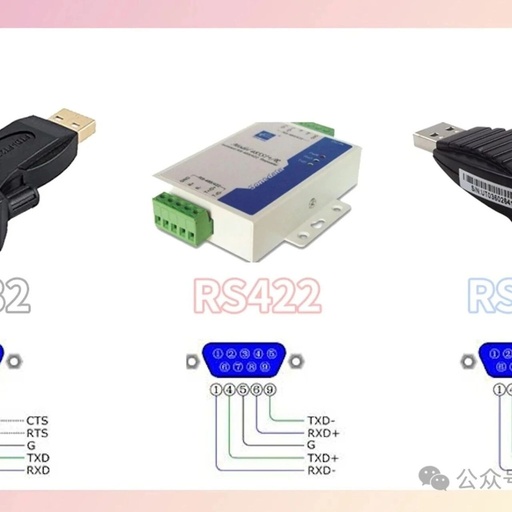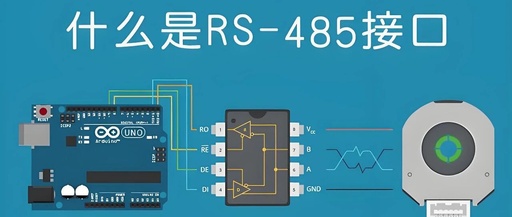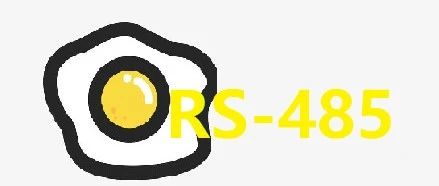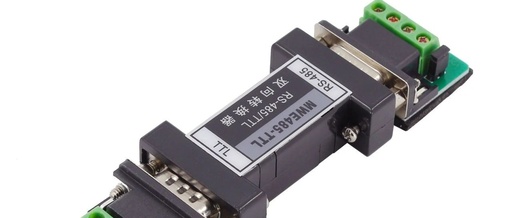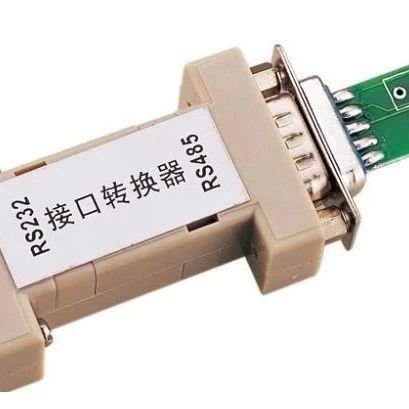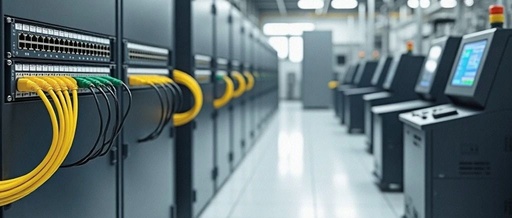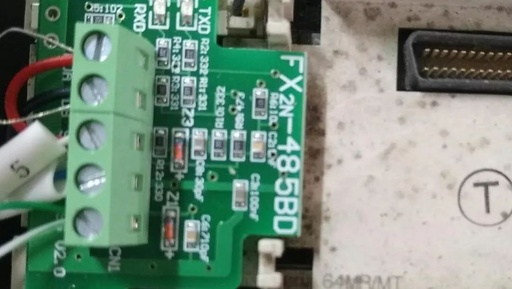Detailed Explanation of RS-232, RS-485, and RS-422
RS-232, RS-485, and RS-422 are common serial communication standards, each with unique characteristics and applicable scenarios. Below is a detailed analysis of these three communication standards: 1. RS-232 1. Origin and Purpose: ● Established by the Electronic Industries Alliance (EIA) in 1962. ● Aimed at solving low-speed, short-distance communication issues between early computers and peripheral … Read more
